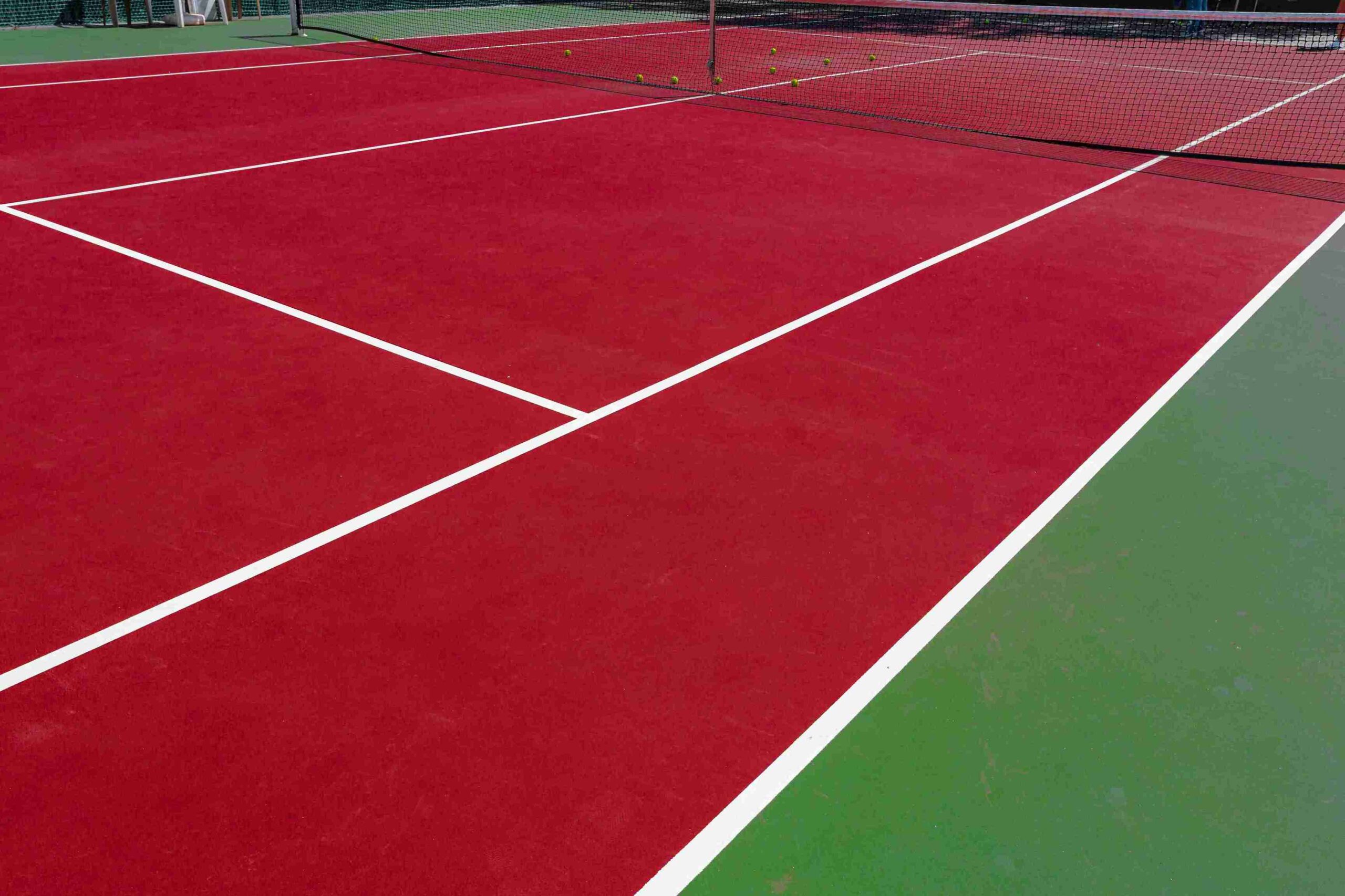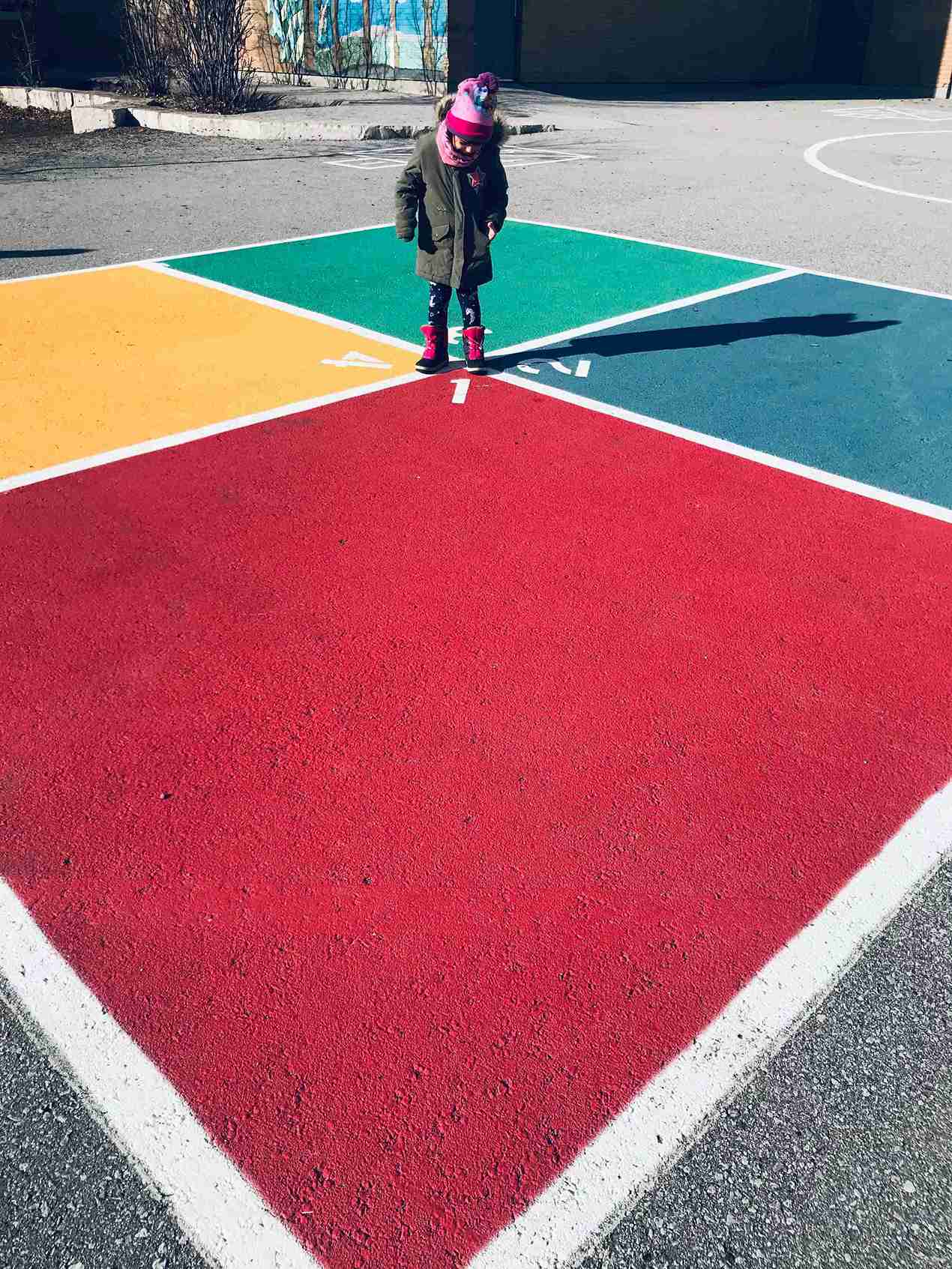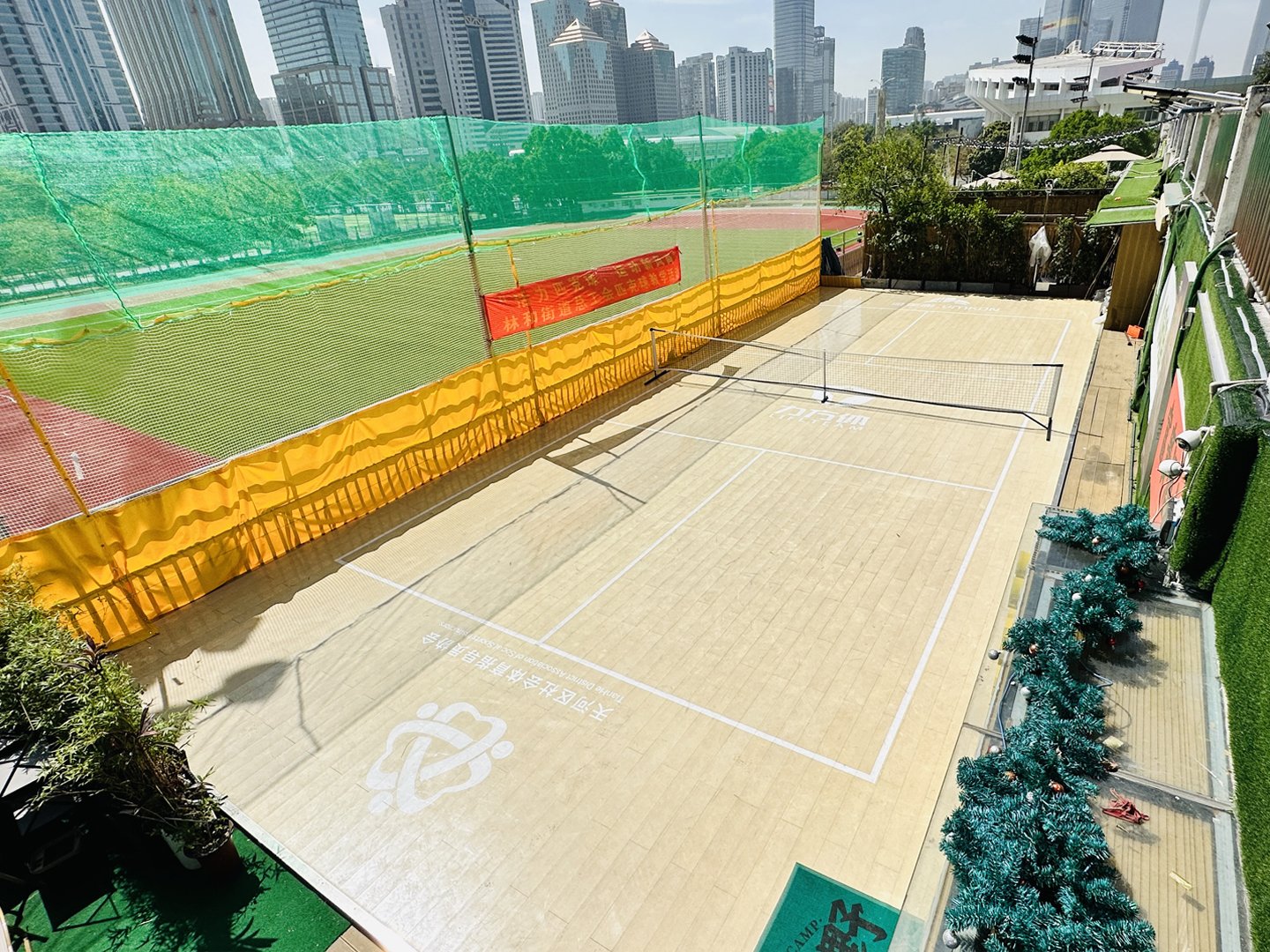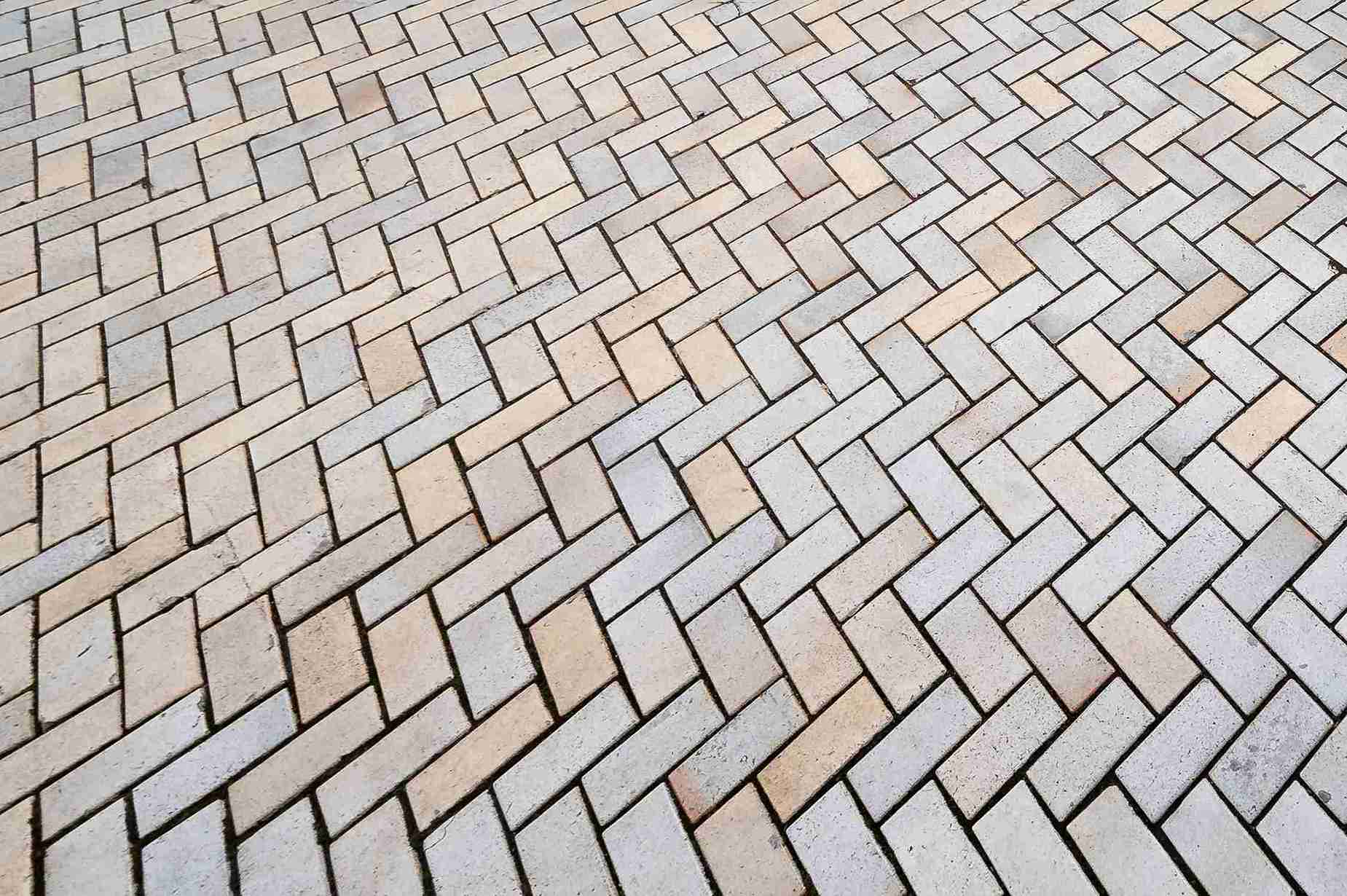Wood flooring has long been the preferred choice for basketball courts, and for good reason. Its natural resilience, durability, and aesthetic appeal make it an ideal surface for the fast-paced, high-impact nature of basketball. Unlike other flooring materials, wood provides an optimal balance of shock absorption and firmness, which enhances player performance and reduces the risk of injury.
The smooth, consistent surface of wood flooring allows for precise ball handling and consistent bounce, crucial for the dynamics of the game. Additionally, wood flooring can be customized with various finishes and designs, adding to its versatility and appeal.
In this article, we explore the factors that make wood flooring particularly well-suited for basketball courts, examining its benefits, performance characteristics, and maintenance considerations.


What Are the Benefits of Using Wood Flooring for Basketball?
Wood flooring offers several key benefits for basketball courts, making it the preferred choice for many facilities. First and foremost, wood provides excellent shock absorption and cushioning, which helps to reduce the impact on players’ joints and lower the risk of injury during intense games and practices. Its smooth and consistent surface allows for reliable ball bounce and precise control, enhancing overall gameplay and player performance.
Additionally, top wood flooring is known for its durability and longevity, with the ability to withstand heavy use over time while maintaining its structural integrity. Its aesthetic appeal is another advantage, as it adds a classic and professional look to any basketball court, making it suitable for both professional and recreational settings.
Moreover, wood floors can be refinished and repaired, allowing them to maintain their quality and appearance over the years. This flexibility in maintenance ensures that the court remains in top condition, providing a high-quality playing surface for an extended period. Overall, the combination of performance benefits, durability, and visual appeal makes wood flooring an excellent choice for a basketball court
How Does Basketball Hardwood Floor Compare to Other Types of Flooring?
Basketball hardwood floors stand out from other types of flooring due to their unique performance attributes and benefits tailored specifically for the sport. Unlike concrete or tile surfaces, hardwood provides superior shock absorption and cushioning, which helps reduce the risk of injuries by minimizing the impact on players’ joints and muscles. This level of comfort and safety is crucial for the high-intensity movements and frequent jumping associated with basketball.
In comparison to synthetic surfaces, such as vinyl or rubber, hardwood floors offer a more consistent and reliable bounce for the basketball, which is essential for accurate play. Synthetic surfaces may have varied levels of bounce and grip, which can affect gameplay. Hardwood also allows for excellent traction, providing players with the stability they need to make quick, agile movements without slipping.
Additionally, hardwood floors offer a classic, professional appearance that is often preferred in both professional and amateur settings. While synthetic flooring options can be more cost-effective and easier to maintain, they may not match the aesthetic and performance qualities of a well-maintained hardwood court.


What Factors Should You Consider When Choosing a Basketball Wood Floor?
When selecting a basketball wood floor, several important factors should be considered to ensure optimal performance and durability:
1. Wood Type: Different types of wood, such as maple, oak, or birch, offer varying levels of hardness, durability, and aesthetic appeal. Maple is the most commonly used wood for basketball courts due to its durability and consistent performance.
2. Thickness and Quality: The thickness of the wood planks affects the floor’s resilience and shock absorption. Higher quality and thicker wood generally provide better performance and durability, ensuring the floor can withstand heavy use over time.
3. Finish and Coating: The finish on a wood floor impacts its durability, maintenance, and appearance. A high-quality polyurethane or varnish finish can enhance the wood’s resistance to wear, spills, and scratches, while also maintaining a glossy, professional look.
4. Subfloor and Installation: Proper installation is crucial for ensuring the longevity and performance of a wood basketball floor. The subfloor must be properly prepared and leveled to prevent issues like uneven surfaces or moisture damage. Additionally, a well-installed shock-absorbing underlayment can further enhance the floor’s performance.
5. Maintenance Requirements: Wood floors require regular maintenance to keep them in top condition. Consider the ease of cleaning and the frequency of refinishing needed to maintain the floor’s appearance and performance.
6. Budget: The cost of a basketball wood floor can vary based on the type of wood, finish, and installation requirements. It’s important to balance your budget with the quality and performance you need.
7. Safety Features: Ensure the wood floor provides adequate traction and cushioning to support player safety. Proper wood treatment and finishing should help prevent slippage and injuries.
By carefully evaluating these factors, you can choose a basketball wood floor that meets your performance needs, fits your budget, and enhances the overall playing experience.
How Does a Portable Hardwood Basketball Floor Differ from Permanent Options?
Portable hardwood basketball floors and permanent hardwood floors each offer distinct advantages tailored to different needs and environments. Here’s a comparison of the two:


1. Flexibility and Mobility: Portable hardwood basketball floors are designed for versatility and ease of relocation. They can be assembled and disassembled quickly, making them ideal for events, tournaments, or temporary setups where the court needs to be moved or stored after use. In contrast, permanent hardwood floors are fixed in place and designed for long-term use, providing a more stable and permanent playing surface.
2. Installation and Setup: Portable floors typically come in modular sections that are easier to install and remove. This design allows for faster setup and teardown compared to permanent installations, which often involve more complex construction and require professional installation.
3. Durability and Performance: Permanent hardwood floors are built to withstand constant use and offer a high level of durability and performance. They are often installed with a permanent underlayment that provides optimal shock absorption and cushioning. Portable floors, while durable, may not match the long-term performance of permanent installations and may need more frequent maintenance to ensure they remain in good condition.
4. Cost: Portable hardwood floors generally have a higher upfront cost due to their modular design and ease of transport. However, they offer flexibility for various events and locations. Permanent hardwood floors typically have a lower initial cost but may incur additional expenses for installation and maintenance over time.
5. Maintenance: Both types of floors require maintenance, but portable hardwood floors may need more frequent inspections and care due to their mobility and modular nature. Permanent floors, while requiring regular upkeep, benefit from a more stable installation that can be easier to maintain in the long run.
6. Aesthetic and Customization: Permanent hardwood floors can be customized to fit specific court dimensions and designs, providing a more tailored look and feel. Portable floors offer some level of customization but are typically designed to be versatile and standard in appearance.
How Do Different Wood Flooring Options Affect Basketball Performance?
Different wood flooring options can significantly affect basketball performance in several ways. The type of wood and its thickness are crucial for shock absorption and cushioning. For instance, high-quality hardwoods like maple provide excellent shock absorption, reducing impact on players’ joints and enhancing comfort. This cushioning is vital for preventing injuries and maintaining player performance.
Additionally, the wood’s finish impacts the consistency of the ball bounce. High-quality hardwood floors ensure a reliable bounce and a consistent playing surface, which is essential for precise gameplay. The traction provided by the wood’s surface finish also plays a critical role. A well-finished floor offers the right balance of grip and slip resistance, allowing players to make quick, agile movements without losing footing.


Durability is another important factor; hardwood floors are generally more resilient and can handle heavy use, but they require regular maintenance to keep them in top condition. Lastly, while not directly affecting performance, the visual appeal of the wood flooring can enhance the overall game experience.
In summary, selecting the right wood flooring is key to ensuring optimal performance, safety, and longevity on the basketball court
Who Are the Leading Sports Floor Suppliers for Wood Basketball Court Flooring?
When it comes to sourcing high-quality wood basketball court flooring, several leading suppliers are known for their exceptional products and expertise. At VMKON, we take pride in being one of these top suppliers, offering a comprehensive range of sports flooring solutions tailored to meet the highest standards of performance and durability.
Our wood basketball court flooring is designed to provide optimal playability and longevity, ensuring a superior experience for players. We are dedicated to quality and customer satisfaction, and our team is here to help you find the perfect flooring solution for your needs. For more information about our products and services, visit our website.
The Bottom Line
In conclusion, choosing the right wood flooring for basketball courts is essential for optimizing both performance and player safety. The benefits of wood flooring, such as superior shock absorption, consistent ball bounce, and excellent traction, make it a preferred choice for high-quality basketball surfaces.
Factors like wood type, finish, and durability play a crucial role in ensuring that the court meets the demands of intense gameplay while providing a comfortable and visually appealing environment. Whether you’re considering a permanent or portable hardwood basketball floor, it’s important to evaluate these aspects to make an informed decision. By selecting high-quality wood flooring, you can enhance the overall playing experience and ensure that the court remains in excellent condition for years to come.
For more information or to find the perfect wood flooring solution for your basketball court, don’t hesitate to reach out to VMKON, where we are dedicated to providing top-notch products and services tailored to your needs









